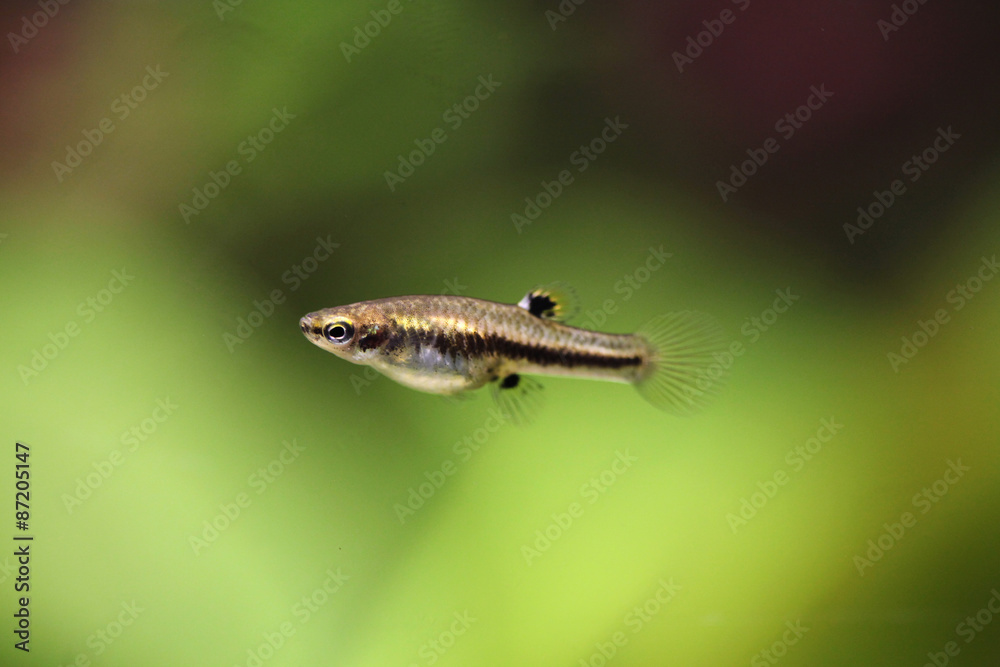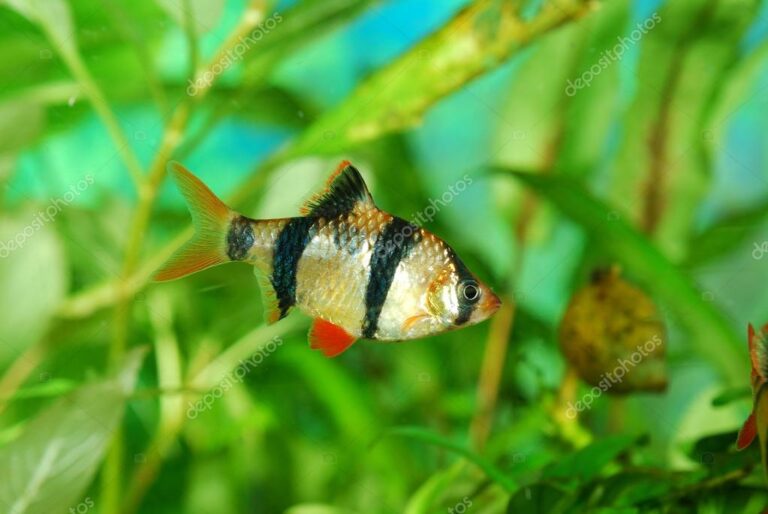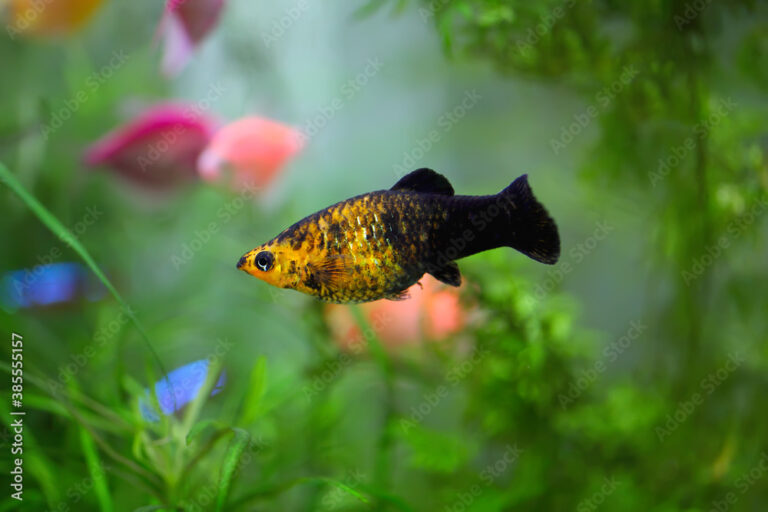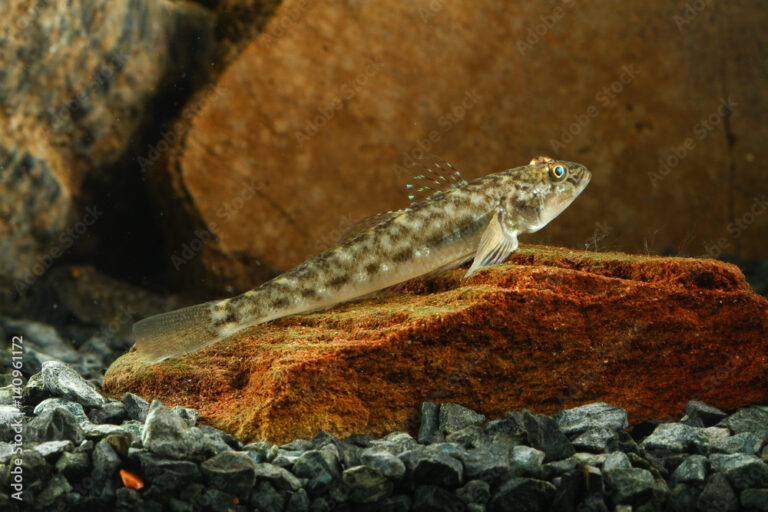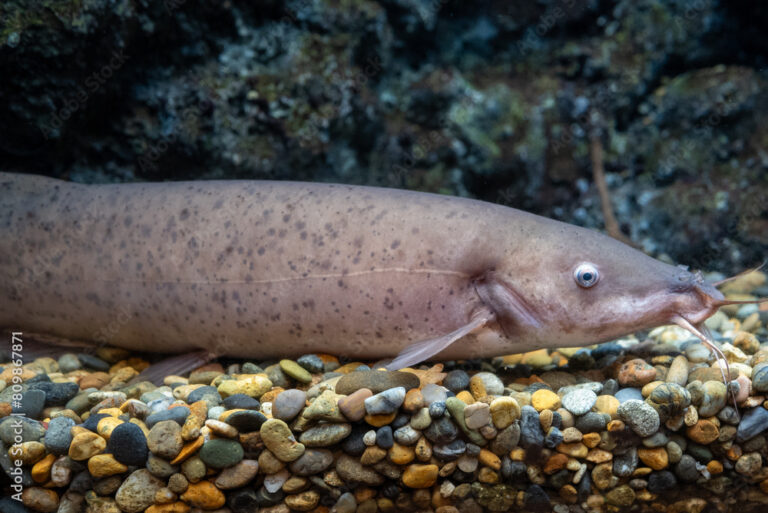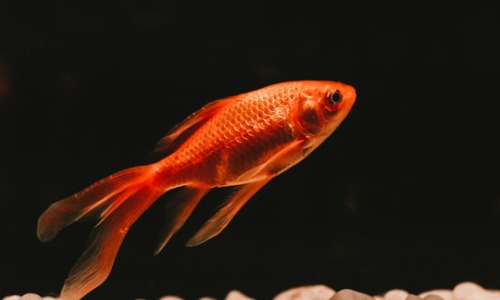Killifish Freshwater Care Guide for Enthusiastic Hobbyists

If you’re searching for vibrant freshwater fish with colorful patterns and fascinating behaviors, Killifish may be the perfect addition to your aquarium. These small, energetic fish, often called “ephemeral wonders,” captivate hobbyists with their short lifespans, unique breeding habits, and stunning colors. But caring for Killifish requires more than just a tank and food—they thrive when their specific needs are met.
Whether you’re a seasoned aquarist or looking to expand your knowledge, this guide will walk you through the essentials of keeping and breeding Killifish in your freshwater aquarium.
Understanding Killifish
Killifish belong to the Cyprinodontidae family and consist of over 1,000 species, found across the globe. With striking color patterns ranging from blue iridescence to fiery reds and oranges, they’re a favorite for display tanks and breeding projects alike.
Why are they unique? Many Killifish species are annual fish, meaning they complete their lifecycle within a year. This makes them intriguing to keep and breed, as hobbyists aim to sustain their vibrant lineage across generations.
“Killifish, often called ‘ephemeral wonders,’ bring a unique dynamic to freshwater aquariums due to their short lifecycles and vibrant colors,” says Dr. Emily Carter, aquatic biologist.
Killifish are also ideal for small aquariums. Because of their peaceful yet lively nature, they can coexist with other non-aggressive species if tank conditions are managed well.

Habitat and Natural Environment
Killifish are distributed globally, from Africa and South America to Asia and the United States, thriving in diverse habitats like freshwater streams, seasonal pools, and even brackish waters.
Natural Habitats
- Annual Killifish Species (e.g., Nothobranchius): Found in temporary pools and floodplains that dry up seasonally. They have adapted to lay eggs in mud and hatch during the next rainy season.
- Non-Annual Killifish Species (e.g., Aphyosemion): Typically reside in permanent water bodies like streams or rivers with plenty of vegetation.
Understanding their natural environment is key to replicating suitable conditions in captivity.
Care Guide
To provide the best care, it’s crucial to mimic their natural habitat in your aquarium setup. Let’s break it down step-by-step.
1. Setting up Your Tank
The ideal tank setup depends on the Killifish species you choose. However, here are some universal guidelines to follow:
- Tank Size: Many Killifish species thrive in small aquariums, with tanks as small as 5-10 gallons being sufficient for a pair.
- Substrate: Use soft sand or peat moss to imitate their natural habitat. For annual species, peat moss also acts as a breeding ground.
- Lighting: Moderate lighting to help plants grow, as Killifish prefer a heavily planted tank.
- Hiding Spots: Add driftwood, caves, and plenty of plants to provide shelter and comfort.
2. Water Parameters
Maintaining stable water conditions is essential for Killifish survival.
Key parameters to monitor:
- Temperature: 72-78°F (varies slightly depending on the species)
- pH: 6.0-7.5 for most species (slightly acidic to neutral)
- Hardness: Soft to moderately hard water is preferred.
“Maintaining stable water parameters is key to the successful keeping of Killifish. Regular testing and small water changes are essential,” explains John Doe, an experienced Killifish breeder.
3. Diet
Killifish are carnivorous and require a high-protein diet. To keep them healthy and vibrant, feed them a mix of the following:
- Live Foods: Bloodworms, brine shrimp, micro worms, and daphnia are excellent options.
- Frozen Foods: These offer convenience while still being nutritious.
- Pellets/Flakes: Opt for high-quality, protein-rich fish food.
Feed them small portions 1-2 times daily to avoid overfeeding and maintain water quality.
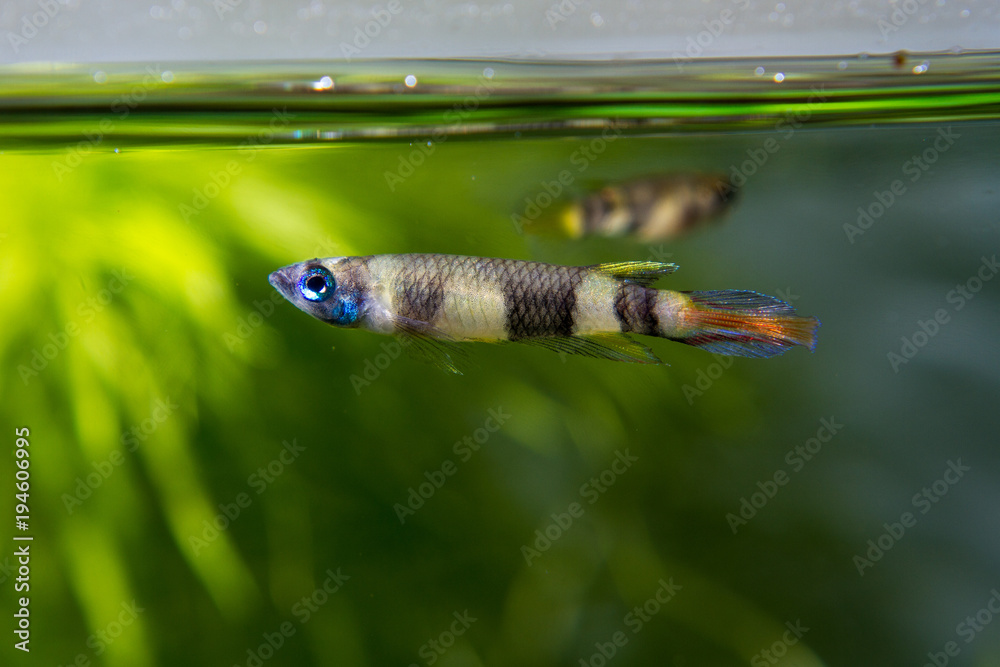
Breeding Killifish
One of the most rewarding aspects of keeping Killifish is their breeding process. While it takes effort, following the steps below can help you successfully breed and raise a new generation of these stunning fish.
Step 1. Choose a Breeding Pair
Select a healthy, mature male and female. Males are typically more colorful with pointed fins, while females are smaller and duller in color.
Step 2. Mimic Breeding Conditions
- Annual Killifish: Use a layer of peat moss as a substrate, as females lay eggs here. Keep the eggs in moist peat moss until hatching.
- Non-Annual Killifish: Provide spawning mops or fine-leaf plants for them to deposit eggs.
Step 3. Collect and Incubate Eggs
Once eggs are laid, carefully remove them from the tank.
- For annual species, dry the peat moss and store it in a sealed bag for 2-4 months, depending on the species.
- For non-annual species, place the eggs in a separate hatching tank with clean water.
Step 4. Hatch and Raise Fry
When the egg incubation period ends:
- Add a small amount of water to the peat moss for annual species to trigger hatching.
- Feed newly hatched fry with infusoria or baby brine shrimp, transitioning to larger foods as they grow.
“Breeding Killifish can be a rewarding experience, particularly if you follow the specific needs of each species,” says Jane Smith, an aquarium hobbyist.
Why Killifish are a Great Choice for Experienced Hobbyists
Killifish offer a unique and rewarding experience for freshwater aquarists. Their dazzling colors, interesting breeding habits, and ability to thrive in small tanks make them a fascinating choice. However, due to their specific care requirements, they are best suited for hobbyists who have experience managing water parameters and are ready to explore breeding.
By dedicating time and effort, you’ll be rewarded with the satisfaction of keeping these “ephemeral wonders” vibrant and healthy in your aquarium.
Take the Plunge into Killifish Keeping
Thinking of adding Killifish to your aquarium? Start by researching a species that fits your tank size and experience level. With the tips in this guide, you’re on your way to providing them a thriving environment. Begin your Killifish adventure today and experience the joy they bring to any tank!

